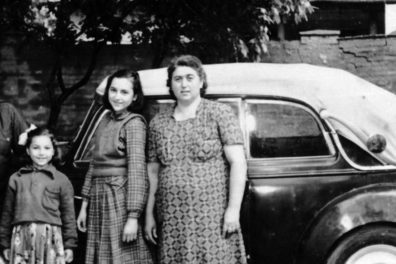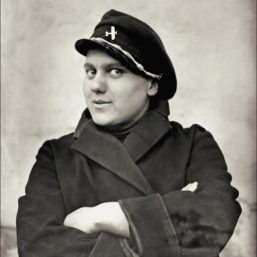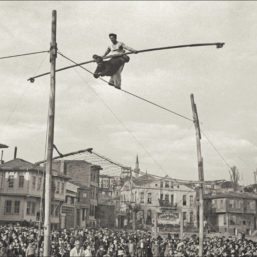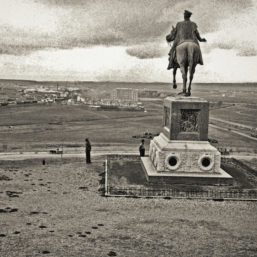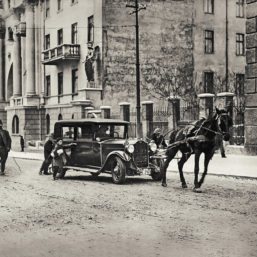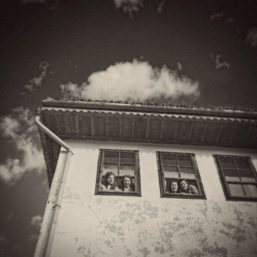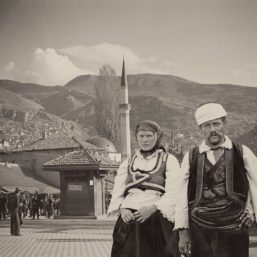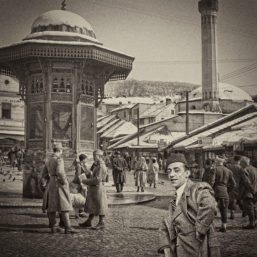The exhibition Cities on the Move – Postottoman Visiting Sarajevo
08.02-27.04.2018
The exhibition Cities on the Move – Postottoman, by the author Prof. Dr. Nataša Mišković, will open on Thursday, February 8, at 19:30, at the Bosniak Institute – Foundation of Adil Zulfikarpašić in Sarajevo (Bosnia and Herzegovina). It is realized by the University of Basel in collaboration with the Museum of Yugoslavia.
This exhibition was already displayed at the Historical Museum of Serbia in Belgrade. It presents a continuation of the initial steps of the Museum of Yugoslavia in dealing with the phenomena of the first Yugoslavia, as well as the final activity of the research project of the University of Basel, which examined the development of the visual archive of Southeast Europe.
Cities on the Move is an exhibition that depicts the development of new states that emerged from the remains of the Ottoman Empire, through the photo material taken from the Yugoslav and Turkish daily newspapers. The exhibition presents two hundred carefully selected, digitally processed photographs that record the changes in four cities: Belgrade, Sarajevo, Istanbul and Ankara during the 1920s and 1930s. Through the lenses of photo journalists from the papers Politika and Vreme (Belgrade) and Cumhuriyet and Akşam(Istanbul), the exhibition explores how the city centres were recreated in order to present the values of the new elites, how a modern citizen was made through mass sports events and new trends in dress and behaviour, while everyday life on the street continued to function without change.
This traveling exhibition, which had its premiere in Basel, is the result of the academic research project ‘SIBA – A Visual Approach to Exploring Everyday Life in Turkish and Yugoslav Cities, 1920s and 1930s’, which is being carried out under the direction of SNSF-research professor Nataša Mišković at University of Basel’s Middle Eastern Studies. The project is funded by the Swiss National Science Foundation (SNSF).
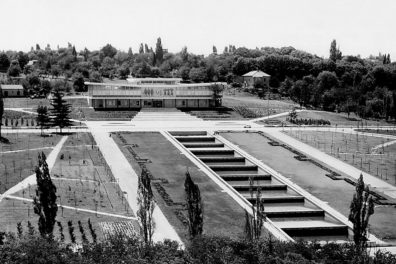
The Origins: The Background for Understanding the Museum of Yugoslavia
Creation of a European type of museum was affected by a number of practices and concepts of collecting, storing and usage of items.
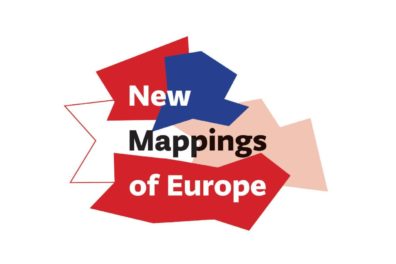
New Mappings of Europe
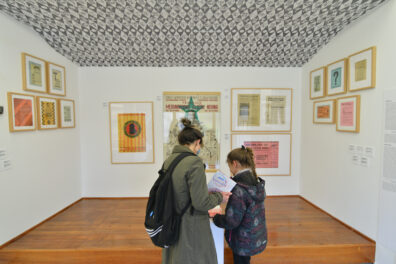
Museum Laboratory
Starting from the Museum collection as the main source for researching social phenomena and historical moments important for understanding the experience of life in Yugoslavia, the exhibition examines the Yugoslav heritage and the institution of the Museum
